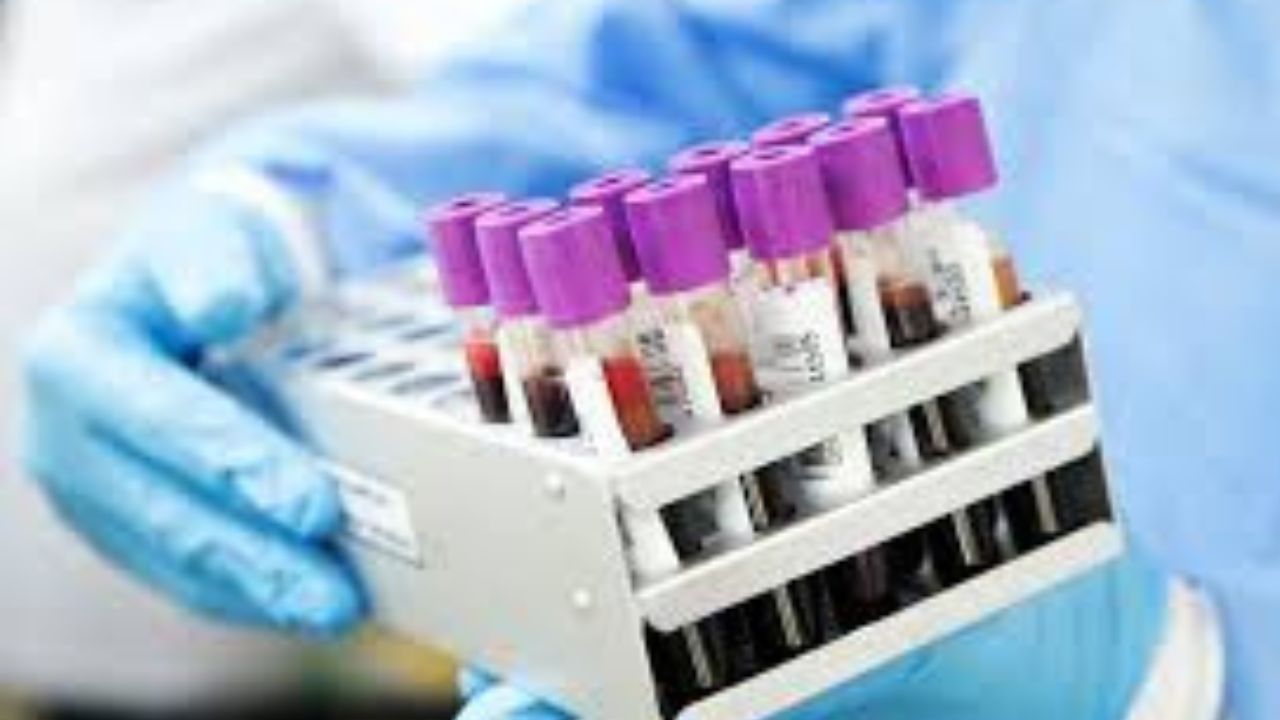Schefflera arboricola, commonly known as the Dwarf Umbrella Plant, is a popular houseplant cherished for its lush foliage and ease of care. This comprehensive guide covers everything you need to know about growing and caring for Schefflera arboricola, from light requirements and potting to watering, pruning, and potential problems.
I. Introduction
A. Description of Schefflera Arboricola
Schefflera arboricola, or the Dwarf Umbrella Plant, is a tropical plant native to Taiwan and Hainan. It belongs to the Araliaceae family and is characterized by its glossy, green leaves, which are often variegated with cream or yellow. The leaves are compound, usually consisting of 7-9 leaflets arranged in an umbrella-like pattern, giving the plant its common name.
B. Popularity as a Houseplant
The Dwarf Umbrella Plant is a popular choice among houseplant enthusiasts due to its attractive appearance and low maintenance requirements. It can adapt to various indoor conditions, making it an ideal plant for both beginners and experienced gardeners. Its compact size and ability to thrive in different lighting conditions further contribute to its popularity.
II. Light Requirements
A. Preferred Light Conditions
Schefflera arboricola thrives in bright, indirect light. Indirect light is sunlight that has been diffused or filtered through a medium such as a sheer curtain or blinds. This type of light ensures that the plant receives adequate illumination without being exposed to the harsh, direct rays of the sun.
B. Consequences of Improper Lighting
1. Too Much Direct Sunlight
Exposing the Dwarf Umbrella Plant to too much direct sunlight can cause its leaves to scorch and burn. The leaves may develop brown, crispy edges and spots, indicating sun damage. To prevent this, place the plant in a location where it receives filtered light or morning sunlight, which is less intense than afternoon sun.
2. Not Enough Light
On the other hand, insufficient light can cause the plant to become leggy and weak. The stems may stretch out in search of light, resulting in a sparse, unhealthy appearance. To avoid this, ensure the plant receives enough indirect light by placing it near a bright window or using artificial grow lights if necessary.
III. Planting and Potting
A. Selecting a Container
1. Drainage Holes
When choosing a pot for Schefflera arboricola, opt for one with drainage holes to prevent root rot. Good drainage allows excess water to escape, reducing the risk of waterlogged soil, which can harm the plant’s roots.
2. Pot Size
Consider the mature size of the Dwarf Umbrella Plant when selecting a pot size. The plant can grow up to 10-15 feet tall in its natural habitat, but it typically reaches a height of 3-6 feet indoors. Choose a pot that provides enough room for root growth but is not excessively large, as this can lead to overwatering issues.
B. Planting Mix
1. Well-Draining, Acidic Potting Mix
Schefflera arboricola prefers a well-draining, slightly acidic potting mix. You can use a commercial potting mix formulated for tropical plants or make your own by combining equal parts of potting soil, perlite, and peat moss. This mixture ensures good drainage and aeration, promoting healthy root development.
IV. Watering
A. Drought Tolerance and Moisture Preference
While the Dwarf Umbrella Plant is relatively drought-tolerant, it prefers consistent moisture. Water the plant only when the top inch or two of soil feels dry to the touch. Stick your finger into the soil to check its moisture level before watering.
B. Avoiding Overwatering
Overwatering can lead to root rot, a common problem for Schefflera arboricola. Ensure the soil dries out slightly between waterings to prevent this issue. If the plant’s leaves begin to wilt or turn yellow, it may be a sign of overwatering. Adjust your watering schedule accordingly.
C. Signs of Overwatering
Look out for the following signs of overwatering:
- Wilting leaves despite moist soil
- Yellowing leaves
- Mushy, dark-colored roots
- Foul odor from the soil
If you notice these symptoms, reduce watering and ensure the plant’s soil has adequate drainage.
V. Additional Care Tips
A. Humidity
1. Humidity Preferences
Schefflera arboricola tolerates average indoor humidity levels but thrives in higher humidity (around 40%). Increasing humidity can enhance the plant’s overall health and growth.
2. Methods to Increase Humidity
- Misting: Mist the leaves regularly with water, especially during dry winter months.
- Pebble Tray: Place the plant on a tray filled with water and pebbles. As the water evaporates, it increases the humidity around the plant.
B. Fertilizing
1. Fertilization During Growing Season
Feed Schefflera arboricola with a balanced liquid fertilizer during the growing season (spring and summer). Follow the product instructions for proper dilution and application frequency.
2. Avoiding Overfertilization
Overfertilizing can cause salt buildup in the soil, leading to leaf burn and other issues. To prevent this, fertilize sparingly and flush the soil with water occasionally to remove excess salts.
C. Cleaning the Leaves
Dust can accumulate on the leaves of the Dwarf Umbrella Plant, reducing its ability to photosynthesize. Wipe the leaves with a damp cloth regularly to keep them clean and healthy.
VI. Pruning and Propagation
A. Pruning
Pruning is essential for maintaining the size and shape of Schefflera arboricola. Regular pruning encourages bushier growth and prevents the plant from becoming too leggy.
- Tools: Use clean, sharp pruning shears to make precise cuts.
- Technique: Trim back any overgrown or leggy stems, cutting just above a leaf node. Remove any dead or damaged leaves to keep the plant looking tidy.
B. Propagation
You can propagate Schefflera arboricola by stem cuttings. Follow these steps to propagate your plant:
- Select a Healthy Stem: Choose a healthy, non-flowering stem with several leaves.
- Cut the Stem: Using clean, sharp scissors or pruning shears, cut a 4-6 inch section of the stem just below a leaf node.
- Remove Lower Leaves: Remove the lower leaves from the cutting, leaving a few at the top.
- Prepare the Cutting: Dip the cut end of the stem in rooting hormone to encourage root development.
- Plant the Cutting: Plant the cutting in a small pot filled with a well-draining potting mix. Water the soil lightly.
- Provide Optimal Conditions: Place the pot in a warm, bright location with indirect light. Keep the soil consistently moist but not waterlogged.
- Wait for Rooting: Within a few weeks, the cutting should develop roots. Once established, you can transplant it to a larger pot.
VII. Potential Problems
A. Common Pests and Diseases
Schefflera arboricola can be susceptible to common pests and diseases. Here are a few to watch out for:
- Spider Mites: These tiny pests can cause yellowing and stippling of leaves. Regularly misting the plant can help prevent infestations.
- Scale Insects: These pests appear as small, brown bumps on the stems and leaves. Remove them manually or treat with insecticidal soap.
- Root Rot: Caused by overwatering, root rot can be fatal to the plant. Ensure proper drainage and allow the soil to dry out between waterings.
B. Solutions
If you encounter pest or disease problems, consult a gardening guide or professional for solutions. Treatment options may include insecticidal soaps, neem oil, or other appropriate remedies.
YOU MAY ALSO LIKE
Skypen Zoomaus: Comprehensive Guide
VIII. Conclusion
A. Summary of Key Points
Successfully growing and caring for Schefflera arboricola involves:
- Providing bright, indirect light
- Using a well-draining, acidic potting mix
- Watering only when the top inch or two of soil is dry
- Maintaining higher humidity levels
- Fertilizing during the growing season
- Regularly cleaning the leaves
- Pruning to maintain shape and size
- Propagating by stem cuttings
B. Suitability as a Low-Maintenance Houseplant
Schefflera arboricola is an excellent choice for those seeking a low-maintenance, attractive houseplant. With proper care, it can thrive and enhance the beauty of any indoor space. Whether you’re a beginner or an experienced gardener, the Dwarf Umbrella Plant is a rewarding and versatile addition to your plant collection










